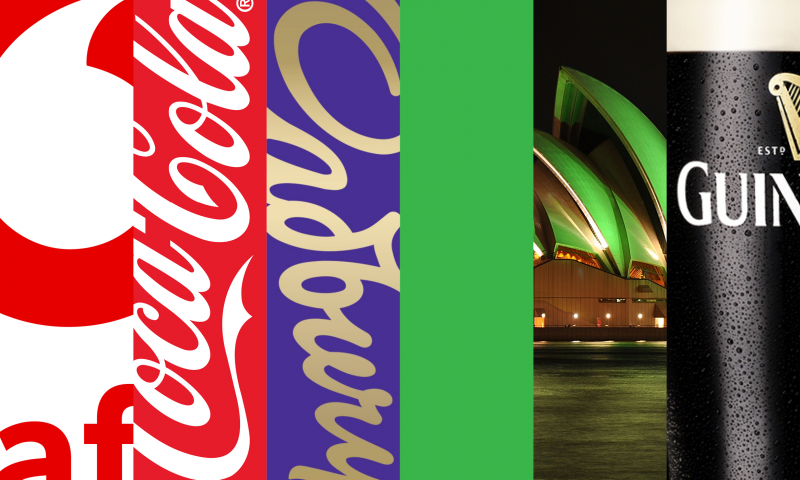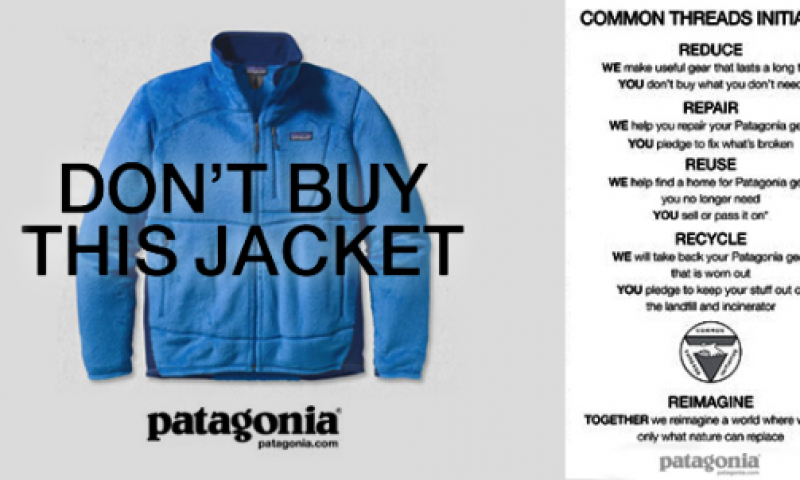
What’s the Story?

Storytelling has been part of our lives for over 64,000 years. From the thrill of the hunt, captured in the Lascaux cave paintings, to King Harold’s bloody demise stitched into the Bayeux Tapestry, we’re suckers for a great story!
When it comes to brand building, storytelling is one of the most powerful ways to make a meaningful connection with your consumer. Yet, more often than not, it’s simply not taken seriously. Companies are happy to allocate budget to slick new identities or eye-popping packaging, but fail to understand that all this is meaningless if you don’t have a compelling brand story and carefully crafted content. You could call it the Eliza Dolittle effect. All that investment to look polished and professional, then your brand opens its mouth and the rest is history! With this in mind, here are three simple steps to help you create a unique brand story and content that connects.
1. Get Real
Tell it like it is. Consumers are more likely to become emotionally invested in brands if they tell the truth and stick by it. Patagonia has always stood by its convictions. Its marketing is firmly aligned with its core values and its brand story. So much so that in 2012 it ran a full-page ad on Black Friday that declared “Don’t Buy This Jacket”. The ad copy urged people to buy less. It asked consumers to think about the negative impact that consumerism has on the environment.
The results spoke for themselves. Patagonia saw its revenues grow by approximately 30 percent to $543 million. This brand’s authenticity has seen it build a fiercely loyal tribe of advocates that can’t wait to share the story too. Remember, your brand story becomes even more powerful when your customers tell it!
2. Step into your customers’ shoes
Many brands just don’t bother to get to know their customers. This leads to broad, uninspiring, content that simply doesn’t connect. To be a great storyteller you need to segment your audience and take time to get to know them – their pressures, their fears, their deepest desires.
Imagine a day in the life of that person. Hone in those moments when they need you most, then create relevant content that solves a problem or allays a fear. Content that is informed and driven by empathy will create real brand value.
3. Tell them ‘the why’
Simon Sinek said, “People don’t buy what you do; they buy why you do it.” The ‘why’ is your purpose, your reason for being. Brand purpose can be defined as a reason for a brand to exist that goes beyond making profit. If you can identify a purpose that gives you commercial edge and also benefits a wider community then your brand is more likely to make a deeper connection. Brands such as Ariel have really claimed this space of late. More than just a successful detergent, its commitment to gender equality has proved that it has a higher purpose, making it a compelling voice for change.
You don’t have to save the world to win the heart of the consumer, but it does help to create a brand story that goes deeper than pushing product. People want to know how you started, what inspires you, what motivates you. Telling your story will help to build a more human relationship between you and your customers. It will build loyalty too.
And finally…
Don’t forget all the best stories stand the test of time. If you begin with an authentic narrative that’s true to your values and beliefs then, over time, you will develop a unique story that people will want to share for generations to come.
Anita Kerr, Senior Brand Strategist.
Anita is a brand thinker and brand storyteller. She helps brands to dig deep, finding out what makes them distinctly different. She then creates tailored brand strategies to bring their brand to life. An obsessive wordsmith, Anita also works closely with clients to articulate their message through brand language and tone of voice.
Keep Reading
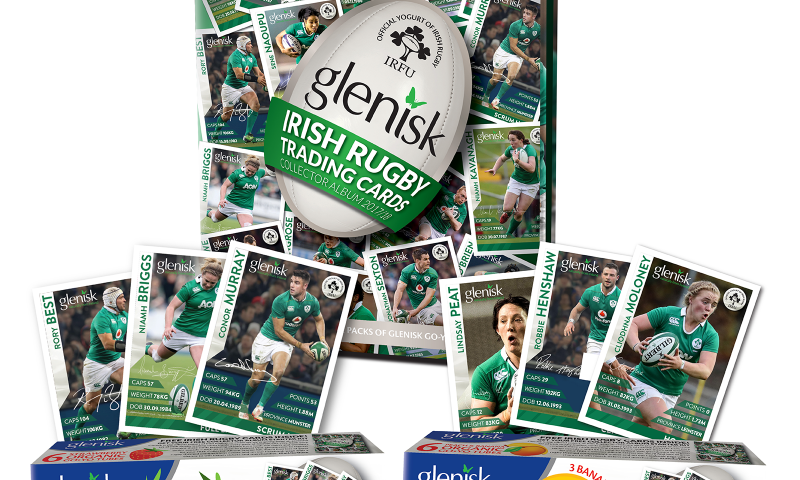
Ireland’s First Rugby Trading Cards

Bonsai Bar

Neworld 2017

Fantastical brand for Adare Manor’s Tack Room

Design steeped in heritage

Get Ready To Explore

How building brands pays dividends in hospitality

International Women’s Day

100 Archive

Copywriting & SEO: Write for people and the search...

Anatomy of a movie poster – Top 10 movie posters for...
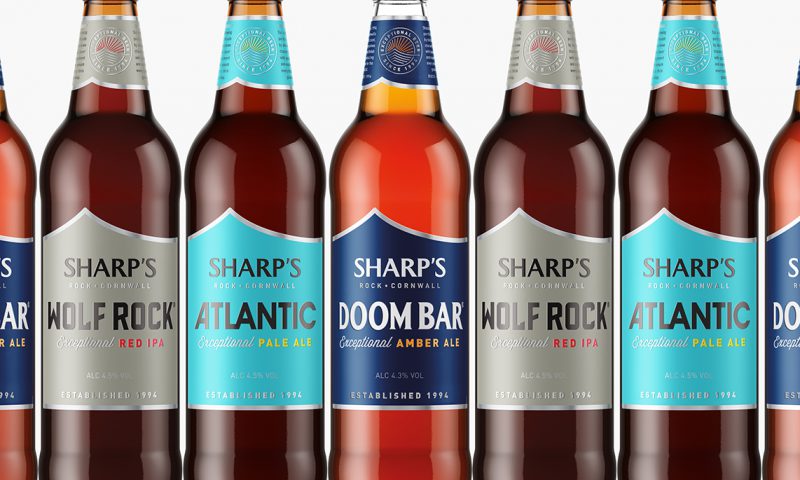
Stop shouting, be confident and stand out with a whisper

Top of the pack-ing order: How Packaging Influences...

Pop! Packaging Design
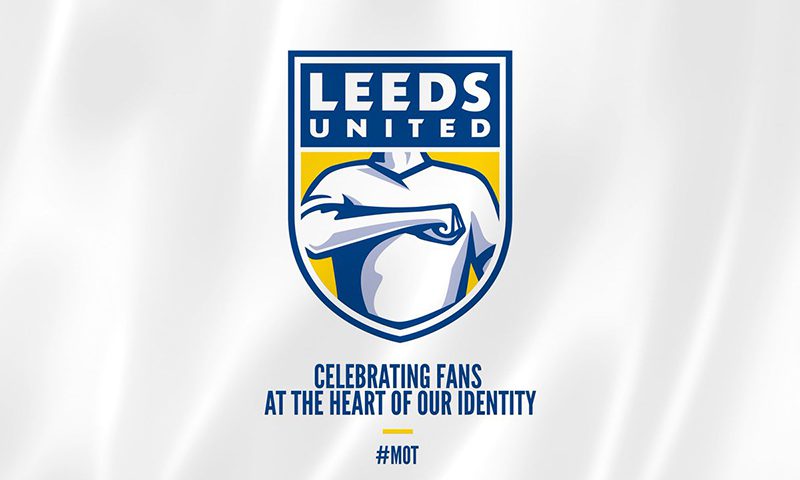
United They Fell

The value of branding – how to measure the success of...
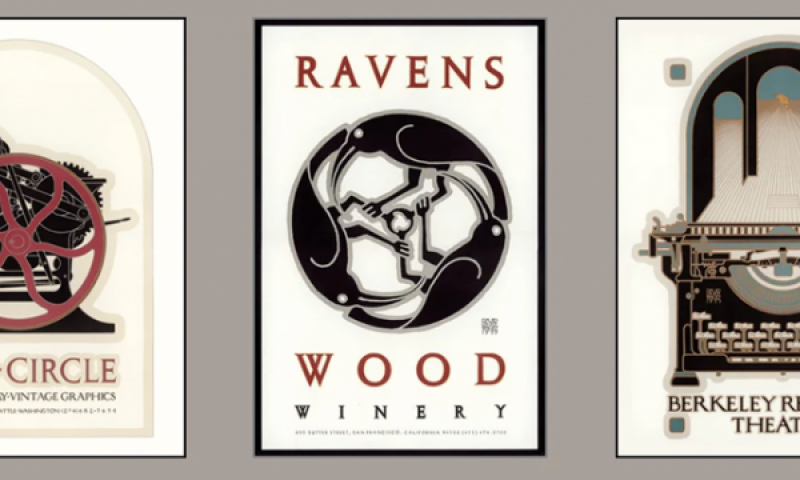
Great wine or great design?

Branding for Ireland’s Whiskey Renaissance

To disrupt or not to disrupt? That is the question!
